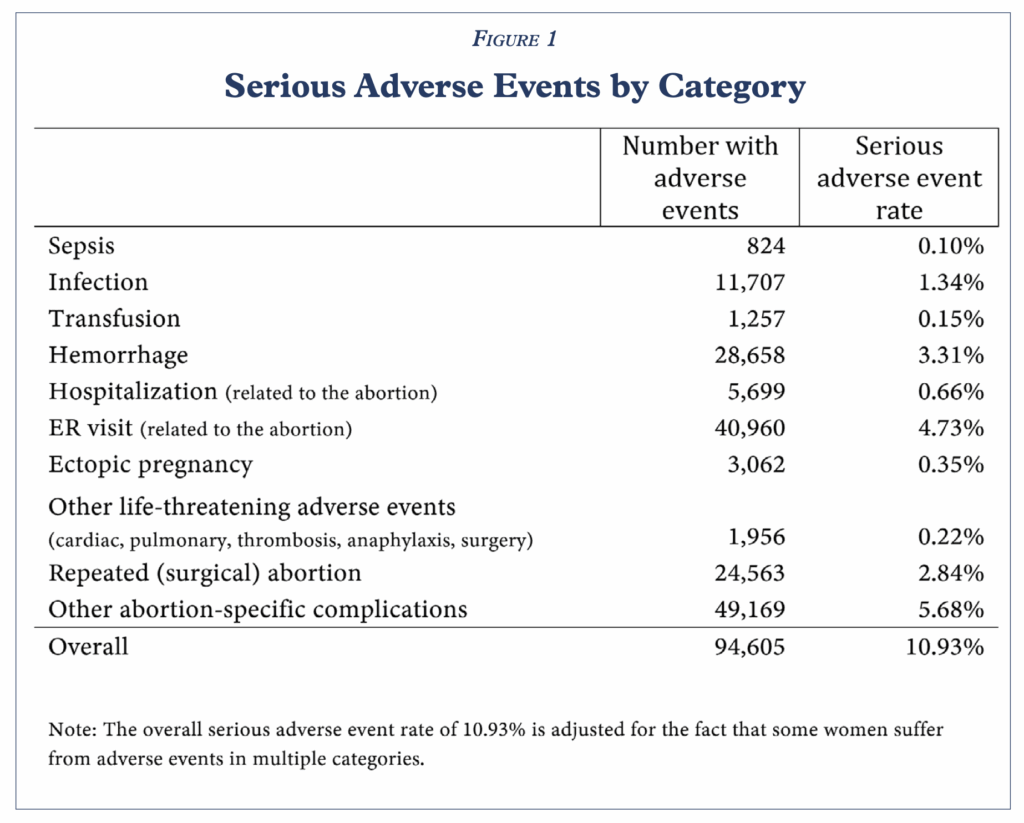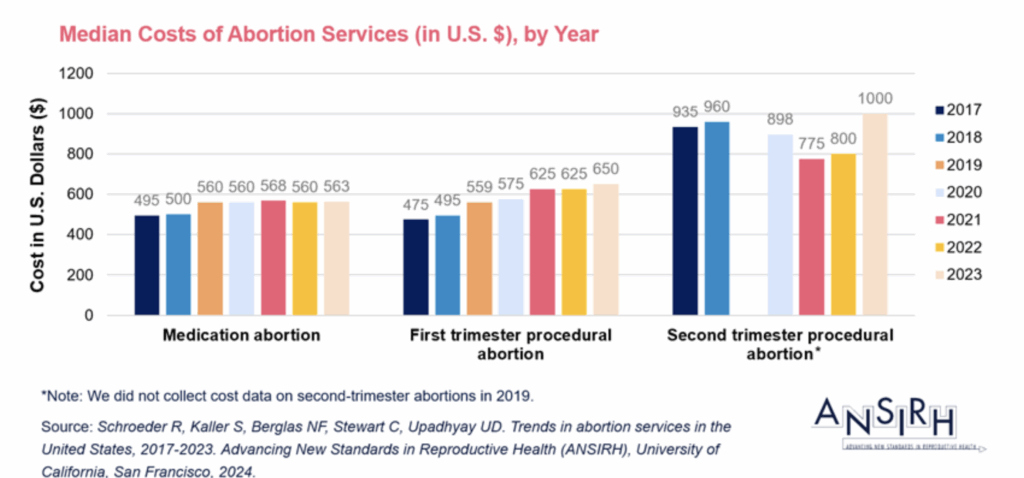D. Joy Riley, M.D., M.A.
Executive Director
Reading other people’s mail is usually and appropriately considered unethical. There are a few exceptions. One of those is when the correspondence is publicly available, even if not easily discovered. A communication sent at the end of January, 2025, to the U.S. Food and Drug Administration (FDA) is a case in point. The American College of Obstetricians and Gynecologists (ACOG), The Society of Family Planning, and the Society for Maternal-Fetal Medicine together submitted a “Citizen Petition” to the FDA about Mifepristone. Mifepristone is the first of two drugs taken to induce an abortion in a pregnant woman. The petitioners were urging the FDA to remove the Risk Evaluation and Mitigation Strategy (REMS) from Mifepristone, including the removal of “all of its Elements to Assure Safe Use” (ETASU). They cite several reasons that Mifepristone should be considered safe:
1) “As of December 31, 2024, approximately 7.5 million U.S. patients had used this regimen” (p 3) for abortion.
2) “(M)ajor adverse events occur in less than 0.32% of patients.”
(p 1, emphasis original)
Note: 0.32% of 7,500,000 is 24,000, so major adverse events with Mifepristone totaled 23,999 or less.
Presumably, the authors mean “serious adverse events.” Serious adverse events reportable to the FDA include death; a “life-threatening” event; hospitalization (either admission to a hospital, or a prolongation of a hospital stay); disability or permanent damage; and congenital anomaly/birth defect.
3) The associated fatality rate of 0.00048%, which the petitioners characterize as an “infinitesimally small number of deaths.” Doing the math shows that the “infinitesimally small number of deaths” equals 36. That said, the authors are adamant that these deaths cannot be proven to be caused by Mifepristone.
Newer data, available not from clinical studies, but from insurance claims, has been collated by the Ethics & Public Policy Center (EPPC). They analyzed “data from an all-payer insurance claims database that includes 865,727 prescribed mifepristone abortions from 2017 to 2023.” They found “10.93 percent of women experience sepsis, infection, hemorrhaging, or another serious adverse event within 45 days following a mifepristone abortion.” This insurance data analysis of serious adverse events is dated 28 April 2025. The EPPC called on the FDA to reinstate immediately “its earlier, stronger patient safety protocols to ensure physician responsibility for women who take mifepristone under their care, as well as mandate full reporting of its side effects.” Figure 1 below is from the EPPC:
But Mifepristone is not only prescribed by physicians. Since 2016, the FDA has also permitted advanced practice clinicians (APCs) to do so. APCs include physician assistants, nurse practitioners, and certified nurse-midwives. The authors of the petition to the FDA endorse these advanced practice clinicians providing not only medication, but aspiration abortions as well (pp 5-6). Further, the authors state that telehealth for medication abortion is a worldwide standard method of “abortion care” (p 6). They take pains to state that “telehealth abortion care is as safe and effective as in-person care” (p 8), and that it “reduces burdens on the health care delivery system” (p 9).
While the representatives of ACOG, The Society of Family Planning, and the Society for Maternal-Fetal Medicine spend significant time in their petition advocating for rural and underserved populations, one must ask an important question. How much money is involved? Following the money is usually informative in a variety of ways. The University of California San Francisco Abortion Facility Database reveals the financial costs of abortion. It is clear that a medication abortion is not inexpensive. In fact, the cost of a medication abortion tracks closely with the cost of a first trimester procedural abortion. From 2017 thru 2023, the difference in cost has ranged from $1-$87. (See graphic below.)
How much do the medications cost? The website healthline quotes the retail price of one dose of Mifepristone as $80. An online search for local costs in the Middle Tennessee area reveals a cost between $7.06-$21.33 for 800 mcgs of Misoprostol, the dose of the second drug in an abortion regimen. The two drugs together, then, cost about $90-$102. With no brick-and-mortar requirement for telehealth, it appears that the profit margin for medication abortions is substantial. If these drugs can be prescribed by anyone with a license to prescribe, the possibility of greater profits can be realized by various organizations offering medication abortions.
Additionally, the petition authors object to requirements that prescribers comply with ETASU by attesting to drug distributors (via fax) statements that they, the prescribers
- Can “date a pregnancy and diagnose an ectopic pregnancy”
- Can ensure the patient has access to uterine evacuation (if required) or medical facilities for blood transfusion or resuscitation (if required)
- Confirm that they “have read and understood the prescribing information”
- Answer patient questions, review Patient Agreements, and have patients sign necessary forms
- “Report any patient deaths to the drug sponsor”
The petition authors complain about a variety of other requirements surrounding the prescription of mifepristone for abortions, from mailing costs adding “needlessly” to the cost of abortion, to the difficulty of adding patient agreement forms to existing patient records (p 17). The reader can be excused for wondering if these things cut too deeply into the bottom line, or what underlies the objection to record-keeping.
Further, it is well-known that an obstetrician has at least two patients when s/he is taking care of a pregnant woman. Abortion results in the death of at least one of the patients. Two physician leaders, representing many obstetricians — including those who take care of women with high-risk pregnancies – signed this petition to the FDA. Why would they do this? Why are they so willing to eradicate any roadblock to the destruction of their most vulnerable patients?
Finally, the women harmed by medications used to induce abortion are important — whatever their numbers may be, They are our mothers, daughters, sisters, friends, and neighbors, and worthy of our care and concern.



